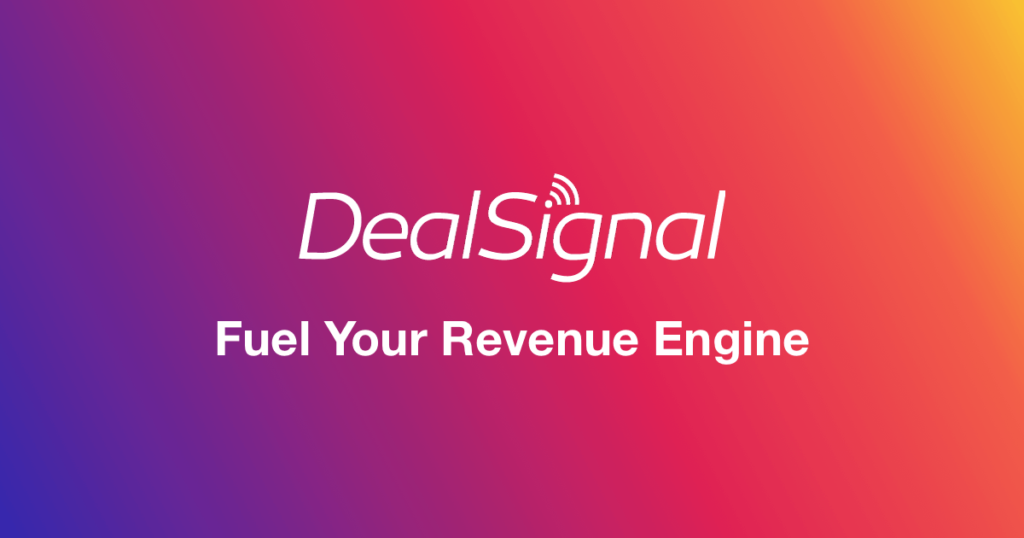Recent Google and Yahoo spam ban demand the immediate attention of marketers and sales professionals. This article aims to dissect the implications of these changes on your professional endeavors.
Navigating the regulations imposed by major internet entities can present formidable challenges, yet it remains an imperative task. The introduction of these new policies carries the potential to fundamentally alter your strategies for customer outreach, significantly impacting the visibility of your emails and advertisements. Regardless of the level of expertise in marketing or sales, it is paramount to be equipped with the requisite knowledge to ensure compliance and maintain efficacy in outreach endeavors within the framework of these evolving regulations.
Overview of Google and Yahoo Spam Ban
Staying informed about the latest rules and regulations is vital for anyone utilizing email as a tool for outreach and marketing. In February 2024, Google and Yahoo are set to roll out significant updates to their bulk email policies, marking a pivotal shift in how businesses and individuals communicate with their audiences via email.
The rationale behind these changes is multifaceted. Primarily, these updates aim to enhance the user experience by reducing unwanted spam and ensuring that only authentic, relevant emails land in inboxes. This move is also a response to the increasing sophistication of spam and phishing attacks, which not only annoy users but also pose serious security risks. By tightening their guidelines, Google and Yahoo are stepping up efforts to safeguard their users while also pushing senders towards more responsible and effective email practices.

Google’s Enhanced Email Guidelines
For Google, the focus is on a triad of key requirements for senders:
- Email Authentication: Google will require senders to authenticate their emails. This step is crucial in verifying the sender’s identity, significantly reducing the possibility of phishing scams and ensuring that the emails are coming from a legitimate source.
- Easy Unsubscription: Another critical aspect is the need for an easy unsubscription process. This user-friendly approach not only respects the recipient’s choice but also helps senders maintain a cleaner, more engaged email list.
- Strict Spam Threshold: Perhaps the most challenging update is the stringent spam threshold set at 0.3%. This means that if more than 0.3% of your emails are reported as spam, you could face penalties or restrictions. This threshold forces senders to be more mindful of their content and audience targeting.
In addition to these general guidelines, Google is imposing extra rules for bulk senders, specifically those dispatching over 5,000 messages per day to Gmail accounts. These guidelines are even more rigorous, ensuring that bulk communication is not only legitimate but also valuable to recipients.
Who will this affect?
These updates are not just for a select few; they impact anyone sending emails to Gmail or Yahoo accounts. The effect is particularly pronounced for those involved in bulk email campaigns, where the rules are stricter and the stakes higher. This includes a wide range of groups from digital marketers, and e-commerce platforms, to organizations disseminating newsletters and promotional content. Essentially, if you’re using email to reach out to a large audience, these changes are something you can’t afford to overlook.
Impact on Sales and Marketing Emails
Consequences of Non-Compliance with New Email Guidelines
The forthcoming changes in email guidelines by Google and Yahoo are more than just a set of rules; they carry significant implications for sales and marketing strategies. Non-compliance with these guidelines doesn’t just mean a slap on the wrist; it can lead to serious consequences that can disrupt your communication channels and impact your business’s bottom line.
Email Deliverability at Stake
First and foremost, the deliverability of your emails is on the line. If your emails don’t align with the new policies, they might be outright rejected or, more commonly, relegated to the recipient’s spam folder. This shift drastically diminishes the effectiveness and reach of your sales and marketing campaigns. Imagine crafting a compelling marketing email, only for it to end up unseen in a spam folder – it’s like speaking into a void.
Risk of Account or Organization Suspension
For users of Google Workspace, the stakes are even higher. Non-compliance can lead to the suspension of individual accounts or, in more severe cases, the entire organization. This is particularly concerning for businesses that rely heavily on Google Workspace for their day-to-day operations. A suspended account is not just an inconvenience; it can be a significant disruption to your business workflow and communication.
One critical point to note is the 0.3% user-reported spam rate threshold. Exceed this, and you’ll find yourself ineligible for mitigations or leniencies that Google might otherwise offer. This hard-line underscores the importance of not just meeting but striving to exceed these new standards.
Organization-Wide Responsibility
It’s essential to remember that these thresholds and rules apply to your entire organization, not just individual senders. This means that the daily email output of your entire organization is taken into account when assessing compliance. It’s a call for collective responsibility within your company to ensure that every email sent aligns with these updated guidelines.

Strategies to Adapt to Changes
Adapting to the new email guidelines set by Google and Yahoo is not just about compliance; it’s about refining your sales and marketing strategies to be more effective and respectful toward your audience. Here are some practical strategies to help your business navigate these changes successfully.
1. Implementing Email Authentication
Start by setting up an authentication mechanism for your emails. Tools such as SPF (Sender Policy Framework), DKIM (DomainKeys Identified Mail), and DMARC (Domain-based Message Authentication, Reporting & Conformance) are crucial in this regard. These mechanisms help verify your identity as a sender, reducing the likelihood of your emails being flagged as spam.
2. Incorporating Unsubscribe Links
Make sure every email you send includes a clear, easy-to-find unsubscribe link. Respecting the recipient’s choice to opt out is not just good ethics; it’s now a necessary compliance measure. Once someone chooses to unsubscribe, promptly stop sending them outreach emails to avoid potential penalties.
3. Keeping Spam Ratings Low
A critical target is to keep your spam rating below the stringent 0.3% threshold. You can achieve this by:
- Personalizing Email Messaging: Craft your emails to speak directly to the recipient’s interests and needs. Personalized emails are more engaging and less likely to be marked as spam.
- Maintaining an Updated Email List: Regularly clean your email list by removing inactive or unengaged recipients. This ensures your efforts are focused on interested parties, reducing the risk of spam reports.
4. Using a Separate Domain for Bulk Emails
Consider setting up a separate domain for your bulk email campaigns. This strategy helps protect your main domain’s reputation. Before launching your campaign, ‘warm up’ this new domain by gradually increasing your email volume, establishing its legitimacy.
5. Employing Verified Email Addresses
Use only pre-tested, fully verified email addresses in your campaigns. This practice reduces bounce rates and spam complaints, safeguarding your sender’s reputation.
6. Diversifying Outreach Channels
Lastly, don’t rely solely on email for your outreach. Diversify your approach by using multiple channels like social media, direct mail, or phone calls. This not only reduces the burden on your email strategy but also opens up new avenues for connecting with your audience.
How Can DealSignal Help?
As businesses grapple with the implications of the new email guidelines set by Google and Yahoo, DealSignal emerges as a valuable ally. Our platform offers a suite of features designed to help users navigate these changes effectively, ensuring that their marketing and sales efforts are both compliant and successful.
1. Customizable Targeting for Ideal Customer Profiles
One of DealSignal’s standout features is its highly customizable targeting options. Our platform allows users to define their ideal customer profiles with precision, using a variety of filters. This targeted approach ensures that your outreach efforts are directed toward the most relevant and responsive audiences, significantly reducing the likelihood of spam complaints and enhancing the effectiveness of your campaigns.
2. Access to Pre-Tested, Fully Verified Emails
With DealSignal, users gain access to pre-tested, fully verified email addresses. This feature is crucial in maintaining a low spam rating and protecting your sender’s reputation. By ensuring that each email in your campaign reaches a valid, active inbox, you can minimize bounce rates and enhance the overall effectiveness of your outreach.
3. Multi-Channel Outreach Capabilities
DealSignal recognizes the importance of diversifying your outreach strategy. Our platform provides detailed contact information for each lead, including not just emails but also phone numbers and social profiles. This comprehensive data enables users to split their outreach across multiple channels, reducing the reliance on email alone and tapping into the full potential of omnichannel marketing.
4. Personalization Options to Enhance Engagement
Personalization is key in today’s marketing landscape, and DealSignal provides various options to personalize your outreach. By leveraging the detailed data provided by our platform, users can tailor their messages to resonate more deeply with each recipient. This level of personalization not only improves engagement rates but also significantly decreases the chances of your emails being marked as spam.
Conclusion
Google and Yahoo’s 2024 spam policy changes are more than just a set of rules; they’re a big shift for anyone in marketing and sales. Nevertheless, this can be viewed as a chance to up your email game and stay ahead of the competition.
With DealSignal’s pinpoint targeting, verified emails, and multi-channel approach, adapting to these new rules can be smooth sailing. Plus, the personalized touch you can add to your campaigns?
If you’re looking to keep your emails flying high and clear of those spam folders, try DealSignal. It’s not just about avoiding pitfalls; it’s about seizing opportunities to connect with your audience more effectively than before.

ABM Effectiveness
Get complete, accurate contact & account data to drive ABM engagement




